Home>Kitchen & Cooking>Kitchen Gadgets & Utensils>What Is Silver Flatware Worth
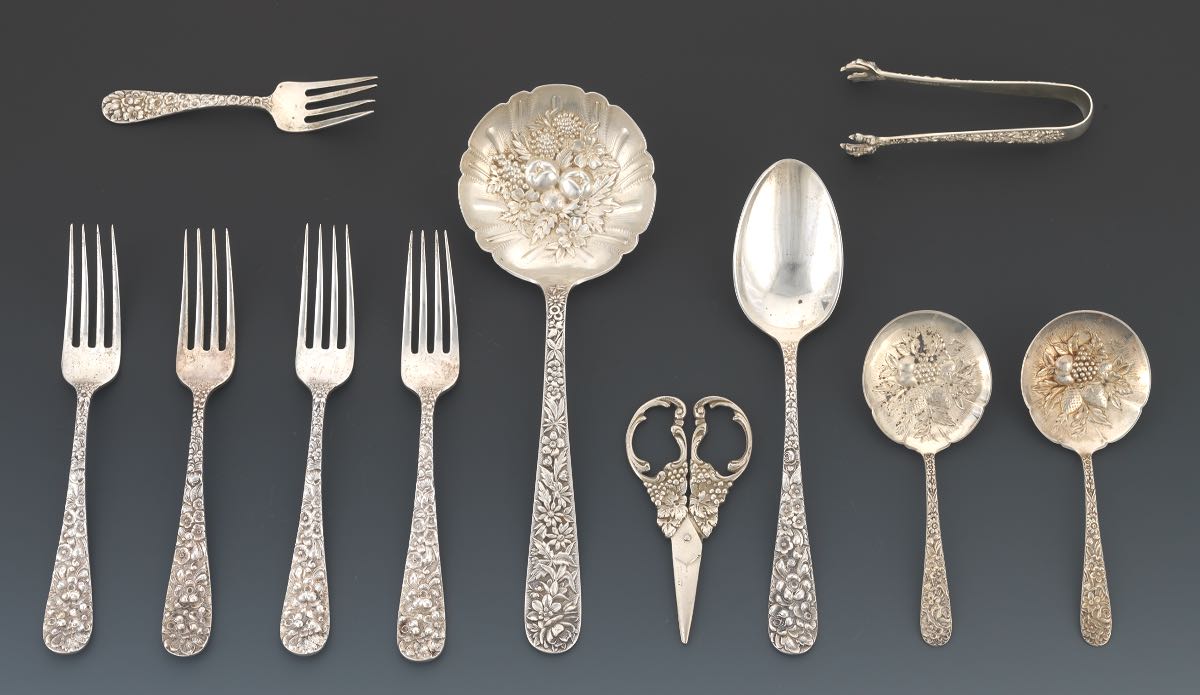

Kitchen Gadgets & Utensils
What Is Silver Flatware Worth
Modified: March 2, 2024
Discover the value of silver flatware and kitchen gadgets. Learn what your kitchen utensils are worth and how to appraise them. Explore the world of kitchen collectibles.
(Many of the links in this article redirect to a specific reviewed product. Your purchase of these products through affiliate links helps to generate commission for Storables.com, at no extra cost. Learn more)
Introduction
Silver flatware holds a timeless allure, embodying elegance and sophistication. Whether inherited as a cherished family heirloom or acquired as a prized possession, silver flatware carries both sentimental and monetary value. Understanding the worth of silver flatware involves delving into various aspects, from its composition to historical significance. This comprehensive guide aims to unravel the intricacies of determining the value of silver flatware, shedding light on the factors that influence its appraisal and providing insights into the process of evaluating and selling these exquisite pieces.
Silver flatware, often crafted with meticulous artistry, has been a symbol of refinement and luxury for centuries. Its allure extends beyond mere functionality, transcending into the realm of art and craftsmanship. The value of silver flatware is not solely determined by its silver content but also by its design, craftsmanship, and historical provenance. As such, comprehending the multifaceted nature of silver flatware valuation is essential for anyone seeking to assess the worth of these exquisite items.
In the following sections, we will explore the various factors that influence the value of silver flatware, including its silver content, craftsmanship, and historical significance. Additionally, we will delve into the methods used to determine the value of silver flatware, providing valuable insights for those keen on understanding the appraisal process. Furthermore, we will discuss the avenues available for selling silver flatware, offering guidance on how to navigate the market and obtain a fair value for these prized possessions.
Embark on this enlightening journey to unravel the mysteries of silver flatware valuation, gaining a deeper appreciation for these timeless treasures and equipping yourself with the knowledge needed to navigate the world of silver flatware appraisal and sales.
Key Takeaways:
- Silver flatware value is determined by silver content, craftsmanship, historical significance, condition, rarity, and market demand, making it more than just a monetary asset.
- To determine silver flatware value, assess silver content, craftsmanship, historical significance, condition, rarity, and market demand, and consider selling options like antique dealers, online marketplaces, and direct sales to collectors.
Read more: What Is Silver-Plated Flatware Worth
Factors Affecting the Value of Silver Flatware
The value of silver flatware is influenced by a myriad of factors, each contributing to its overall worth. Understanding these factors is crucial for accurately assessing the value of silver flatware. Here are the key elements that play a significant role in determining the value of these exquisite pieces:
-
Silver Content: The silver content of flatware is a primary determinant of its value. Sterling silver flatware is typically composed of 92.5% silver, known as "925 silver," while the remaining 7.5% consists of other metals, such as copper, to enhance durability. Flatware with a higher silver content commands a greater value due to the intrinsic worth of silver.
-
Craftsmanship and Design: The artistry and intricacy of the flatware's design significantly impact its value. Pieces crafted by renowned silversmiths or featuring elaborate patterns, intricate engravings, or ornate detailing are highly sought after and consequently hold greater value in the market.
-
Historical Significance: The historical provenance of silver flatware can elevate its value. Flatware with a rich historical background, such as pieces from renowned manufacturers or those associated with significant events or prominent figures, often commands a premium due to their historical relevance and rarity.
-
Condition: The condition of the silver flatware plays a pivotal role in determining its value. Pieces that are well-preserved, free from tarnish, dents, or excessive wear, are inherently more valuable than those showing signs of neglect or damage. Impeccable condition is a desirable trait sought by collectors and enthusiasts.
-
Rarity and Collectibility: Rare or limited-edition silver flatware sets, especially those featuring unique or discontinued patterns, hold a special allure for collectors. The scarcity of certain designs or patterns can significantly enhance the value of the flatware, as collectors are willing to pay a premium for these coveted pieces.
-
Hallmarks and Maker's Marks: The presence of hallmarks and maker's marks, indicating the silver content and the manufacturer, respectively, adds authenticity and provenance to the flatware. Pieces bearing clear and identifiable hallmarks from renowned makers are often valued higher due to their authenticity and traceable origins.
-
Market Demand: The prevailing demand for specific styles, patterns, or makers within the market can influence the value of silver flatware. Trends and preferences among collectors and buyers play a pivotal role in determining the market value of silver flatware at any given time.
Understanding these factors is essential for accurately assessing the value of silver flatware. By considering these elements, individuals can gain a comprehensive understanding of what contributes to the worth of their silver flatware, enabling them to make informed decisions when it comes to appraisal and potential sales.
How to Determine the Value of Silver Flatware
Assessing the value of silver flatware involves a meticulous evaluation encompassing various aspects, from its composition and craftsmanship to its historical significance and market demand. To accurately determine the value of silver flatware, individuals can employ the following methods and considerations:
-
Silver Content Assessment: Begin by identifying the silver content of the flatware. Sterling silver flatware is typically composed of 92.5% silver, denoted as "925 silver," while the remaining 7.5% comprises other metals for durability. Utilize a silver testing kit or seek professional assistance to ascertain the silver content accurately.
-
Craftsmanship and Design Evaluation: Examine the craftsmanship and design of the flatware. Look for intricate patterns, elaborate engravings, and ornate detailing, as these elements significantly enhance the value of the flatware. Pieces crafted by renowned silversmiths or featuring unique designs command a premium in the market.
-
Historical Research: Conduct thorough research to uncover the historical provenance of the silver flatware. Explore any documented lineage, manufacturer details, or notable historical associations. Pieces with rich historical significance often hold greater value due to their rarity and unique heritage.
-
Condition Inspection: Carefully assess the condition of the silver flatware. Look for signs of tarnish, dents, or wear, as these factors can impact its value. Well-preserved pieces in impeccable condition are highly sought after and command a higher appraisal value.
-
Rarity and Collectibility: Determine the rarity and collectibility of the flatware. Identify any unique or discontinued patterns, limited-edition sets, or rare designs. Such pieces are highly coveted by collectors and enthusiasts, thus commanding a premium in the market.
-
Hallmarks and Maker's Marks Examination: Look for hallmarks and maker's marks on the flatware. These markings provide valuable insights into the authenticity and provenance of the pieces. Clear and identifiable hallmarks from renowned makers contribute to the overall value of the flatware.
-
Market Analysis: Stay informed about the prevailing market demand for specific styles, patterns, or makers within the silver flatware market. Understanding current trends and buyer preferences can provide valuable guidance when determining the value of silver flatware.
By meticulously considering these factors and employing thorough evaluation methods, individuals can accurately determine the value of their silver flatware. Whether for personal appraisal or potential sales, a comprehensive understanding of these elements is essential for making informed decisions regarding the worth of silver flatware.
When determining the value of silver flatware, consider factors such as the purity of the silver, the weight of the pieces, and the current market price for silver. Additionally, the brand, age, and condition of the flatware can also impact its worth.
Where to Sell Silver Flatware
Selling silver flatware requires careful consideration and a strategic approach to ensure a fair and lucrative transaction. When it comes to parting ways with these cherished possessions, individuals have several options for selling their silver flatware, each with its unique advantages and considerations.
-
Antique Dealers and Auction Houses: Engaging with reputable antique dealers and auction houses can be an effective way to sell silver flatware, especially if the pieces hold historical significance or are of exceptional craftsmanship. These establishments often have a network of collectors and enthusiasts who appreciate the value of silver flatware, potentially leading to competitive bids and favorable selling prices.
-
Online Marketplaces: Leveraging online platforms such as eBay, Etsy, or specialized antique and collectibles websites provides a global reach for selling silver flatware. These platforms allow individuals to showcase their pieces to a wide audience of potential buyers, offering the flexibility of setting prices and negotiating directly with interested parties.
-
Silverware Buyers and Dealers: Seeking out reputable silverware buyers and dealers who specialize in antique and vintage flatware can streamline the selling process. These professionals possess in-depth knowledge of silverware valuation and market trends, enabling them to provide fair offers for silver flatware based on its silver content, craftsmanship, and historical significance.
-
Estate Sales and Consignment Shops: Participating in estate sales or consigning silver flatware with reputable shops specializing in antiques and collectibles presents an opportunity to reach discerning buyers. Estate sales offer a platform for showcasing silver flatware alongside other valuable items, while consignment shops provide ongoing exposure to potential buyers within a curated setting.
-
Direct Sales to Collectors: Connecting directly with collectors and enthusiasts through silverware enthusiast clubs, social media groups, or specialized forums can lead to mutually beneficial transactions. Engaging with individuals who have a passion for silver flatware increases the likelihood of finding buyers who deeply appreciate the craftsmanship and historical significance of the pieces.
-
Scrap Silver Buyers: In cases where the silver flatware holds minimal historical or collectible value, selling it to scrap silver buyers or refining companies can yield returns based on the silver content alone. While this option may not capitalize on the craftsmanship or historical significance of the flatware, it provides a straightforward avenue for liquidating silver for its intrinsic metal value.
When considering where to sell silver flatware, it is essential to weigh the potential selling prices, the level of effort involved, and the desired speed of the transaction. Additionally, conducting thorough research and, if necessary, seeking professional appraisal services can empower individuals to make informed decisions and secure favorable outcomes when selling their cherished silver flatware.
Conclusion
In conclusion, the value of silver flatware transcends mere monetary worth, encompassing historical significance, craftsmanship, and sentimental attachment. Understanding the multifaceted nature of silver flatware valuation is essential for anyone seeking to assess the worth of these exquisite items. The factors influencing the value of silver flatware, including its silver content, craftsmanship, historical significance, condition, rarity, and market demand, collectively contribute to its overall appraisal.
Appraising the value of silver flatware requires a comprehensive approach, encompassing meticulous evaluation of its silver content, craftsmanship, historical provenance, and market dynamics. By considering these elements, individuals can gain a deeper appreciation for the worth of their silver flatware, enabling them to make informed decisions when it comes to potential sales or preservation as cherished heirlooms.
Moreover, the process of determining the value of silver flatware involves a blend of historical research, visual inspection, and market analysis. Whether assessing the silver content, evaluating the craftsmanship, or researching the historical provenance, each step contributes to a holistic understanding of the value inherent in these timeless treasures.
When it comes to selling silver flatware, individuals have a range of options, from engaging with antique dealers and auction houses to leveraging online marketplaces and connecting directly with collectors. Each avenue presents unique opportunities for showcasing and selling silver flatware, allowing individuals to find the most suitable platform for parting ways with their cherished possessions.
In essence, the value of silver flatware extends beyond its material composition, encompassing a rich tapestry of artistry, history, and cultural significance. By delving into the intricacies of silver flatware valuation, individuals can gain a profound understanding of these timeless treasures, ensuring that their worth is recognized and celebrated for generations to come.
Frequently Asked Questions about What Is Silver Flatware Worth
Was this page helpful?
At Storables.com, we guarantee accurate and reliable information. Our content, validated by Expert Board Contributors, is crafted following stringent Editorial Policies. We're committed to providing you with well-researched, expert-backed insights for all your informational needs.
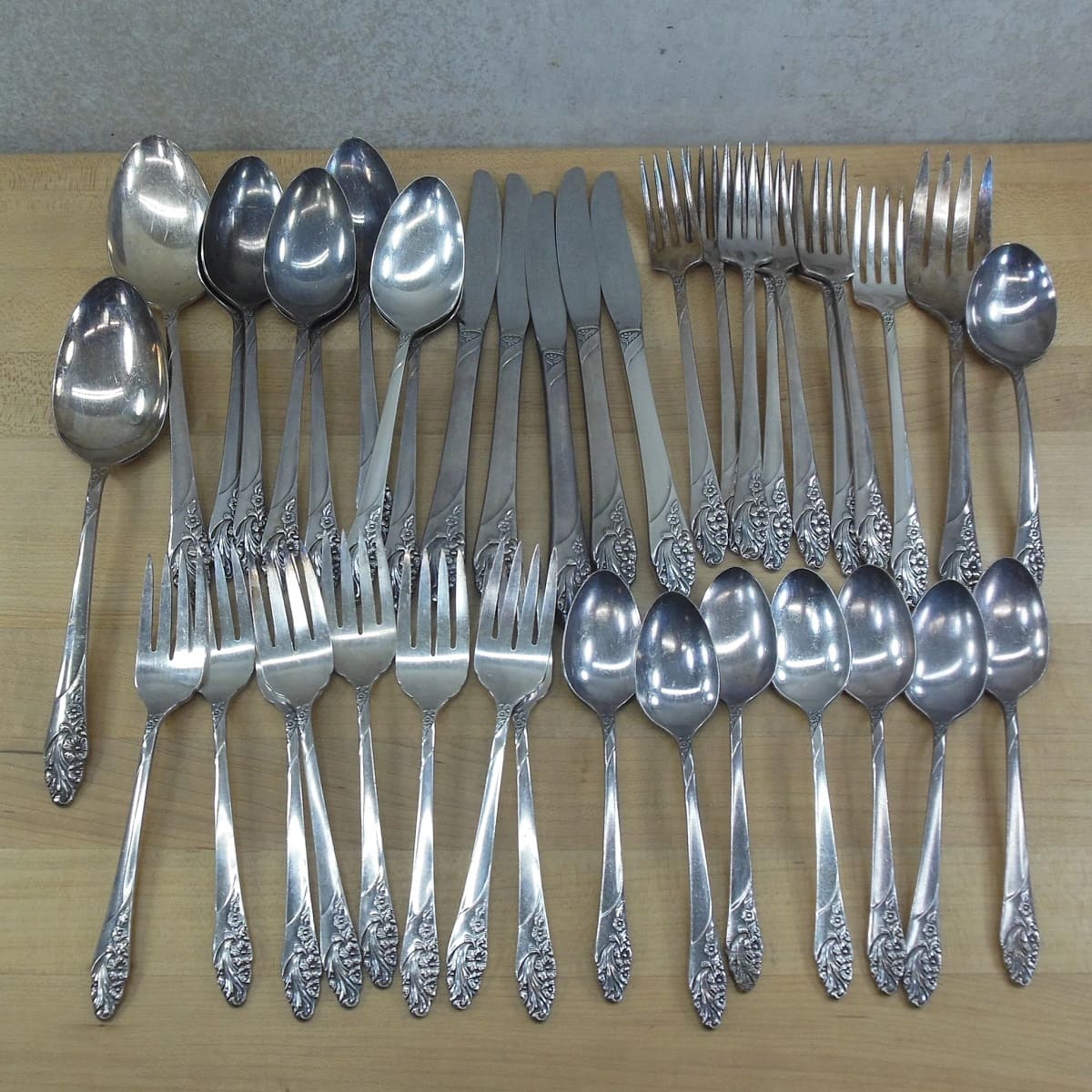
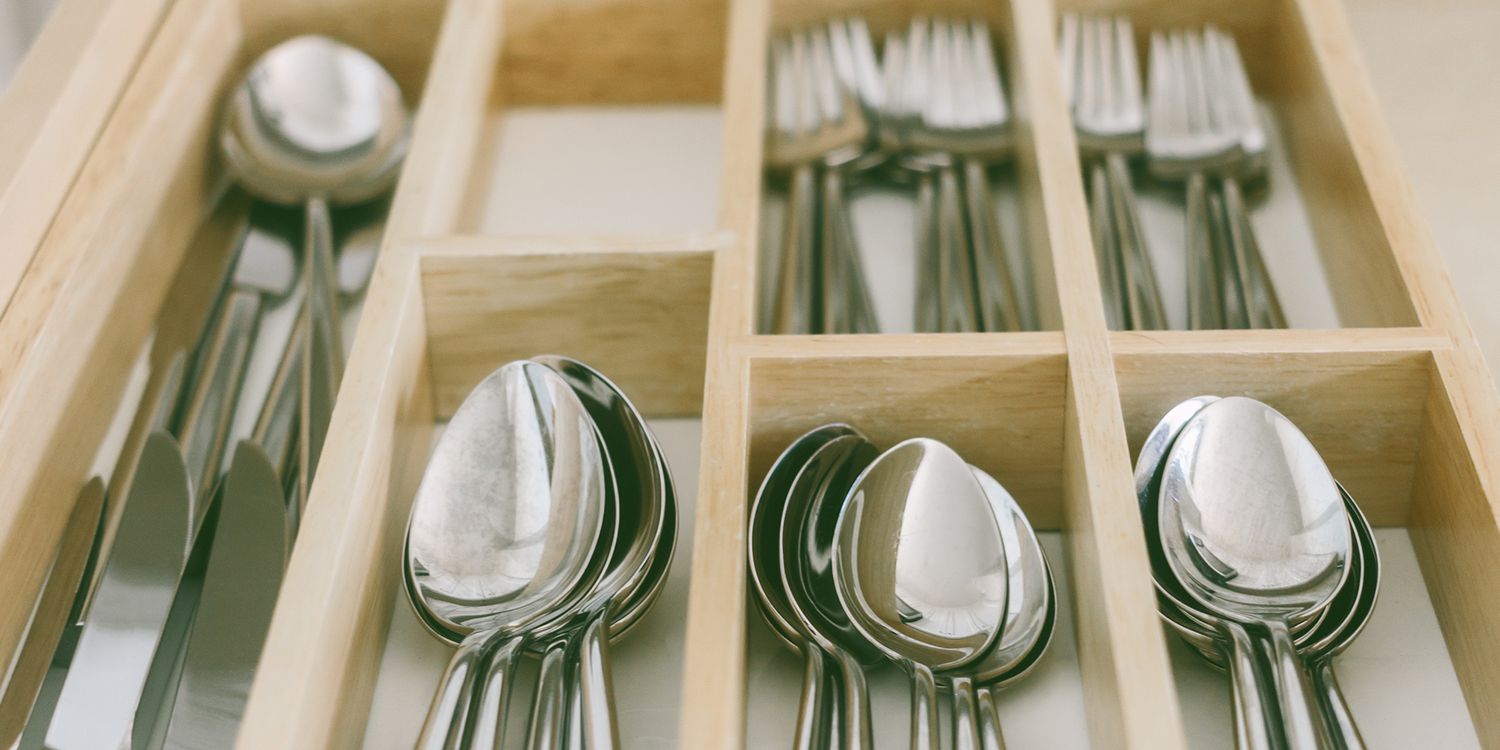
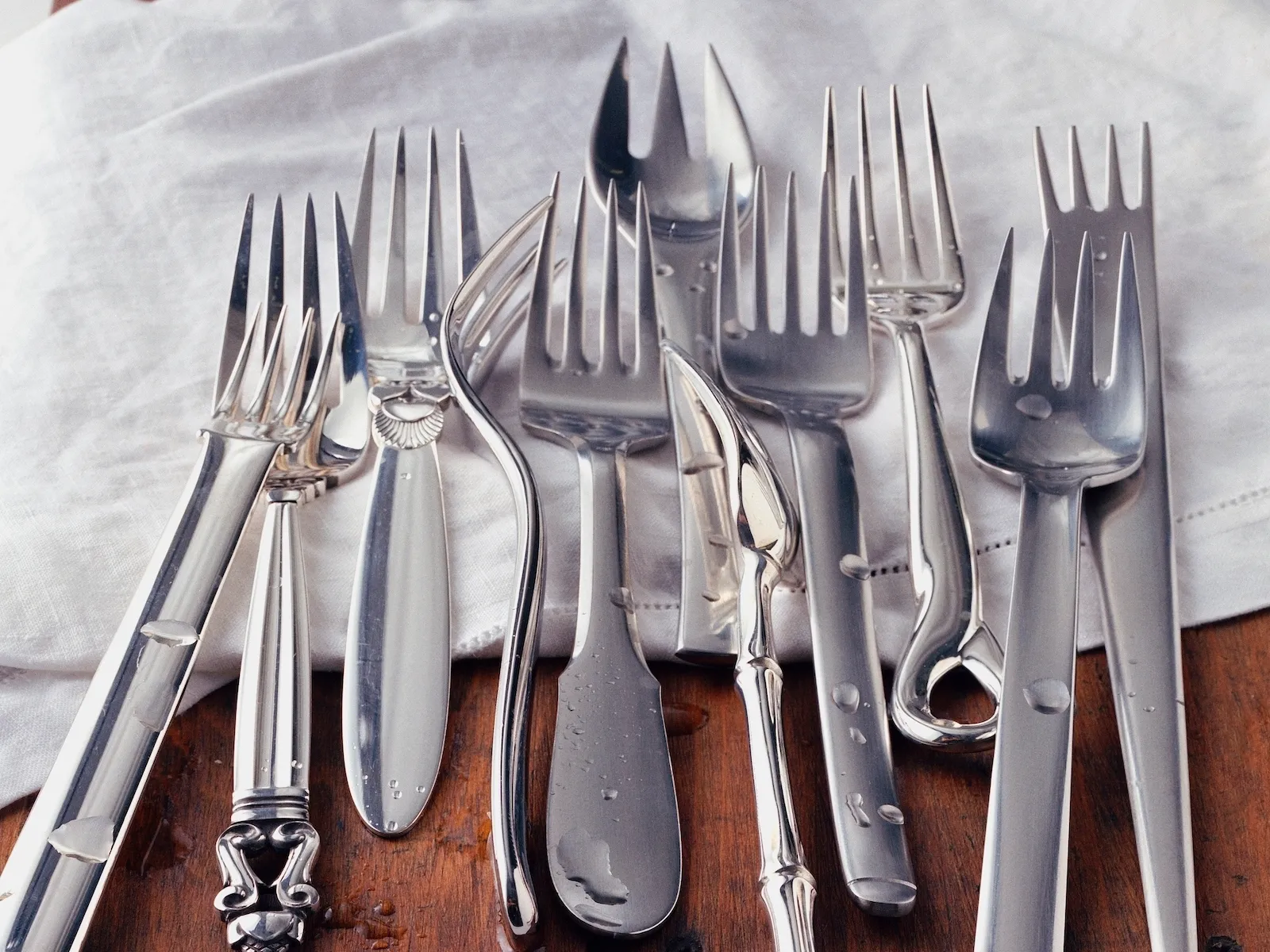
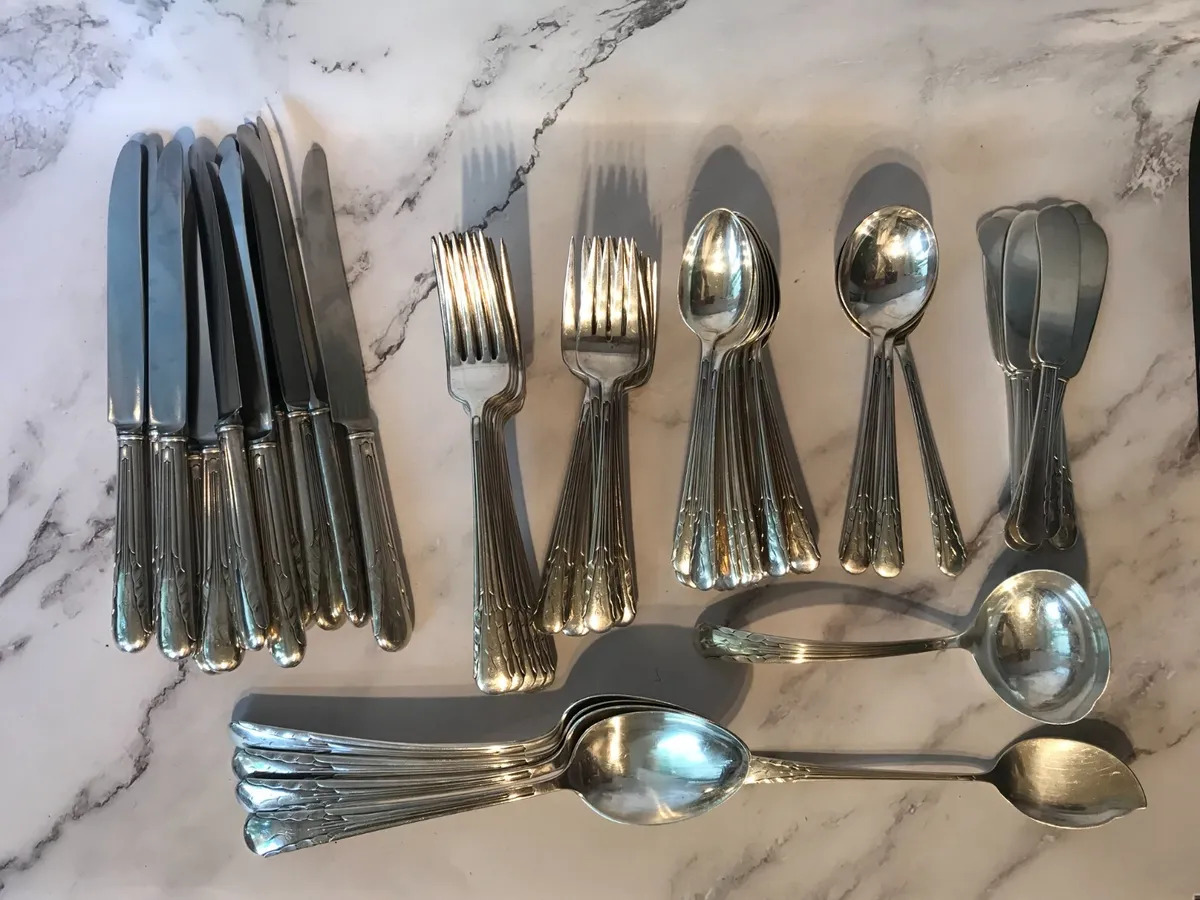
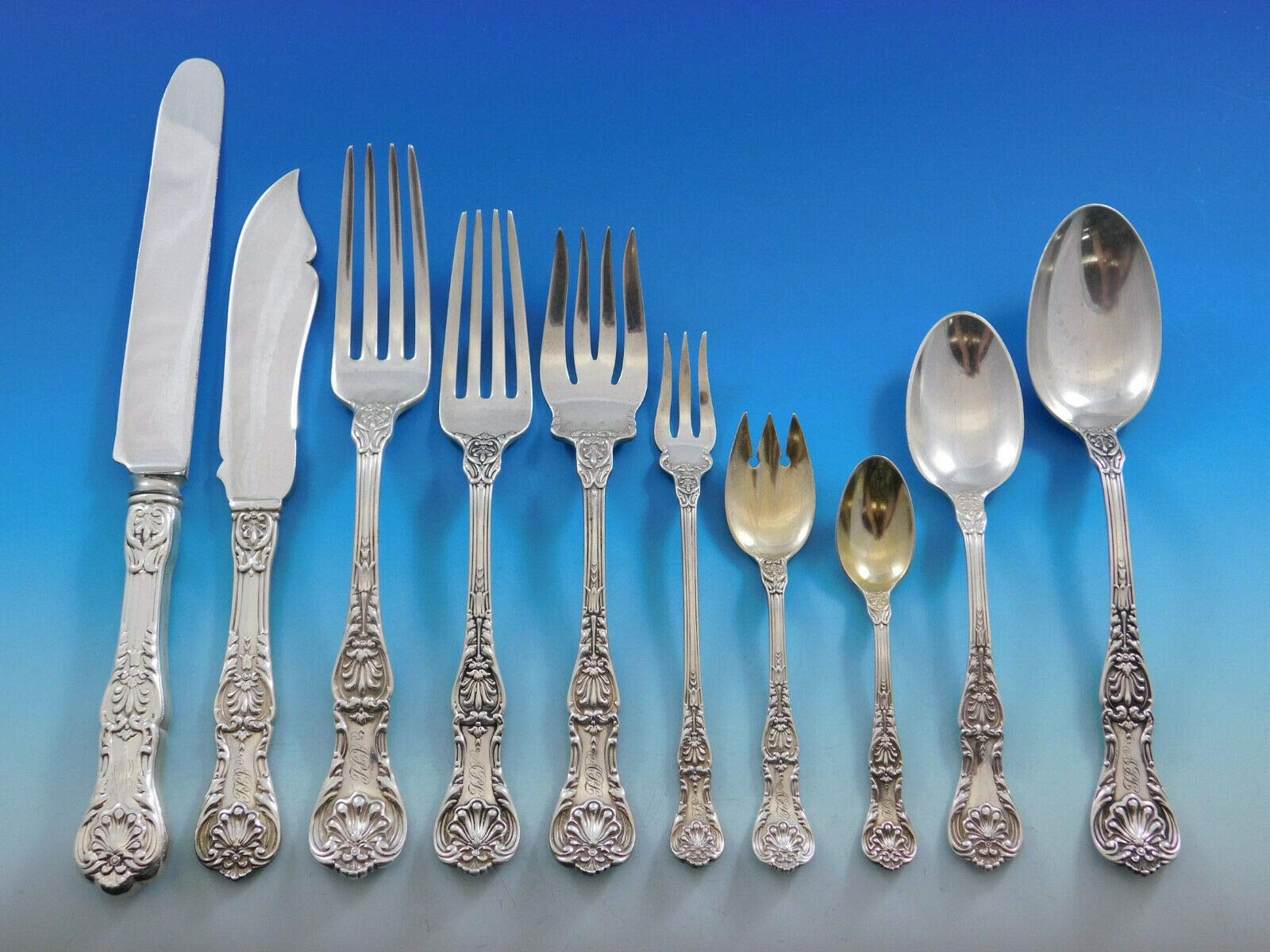
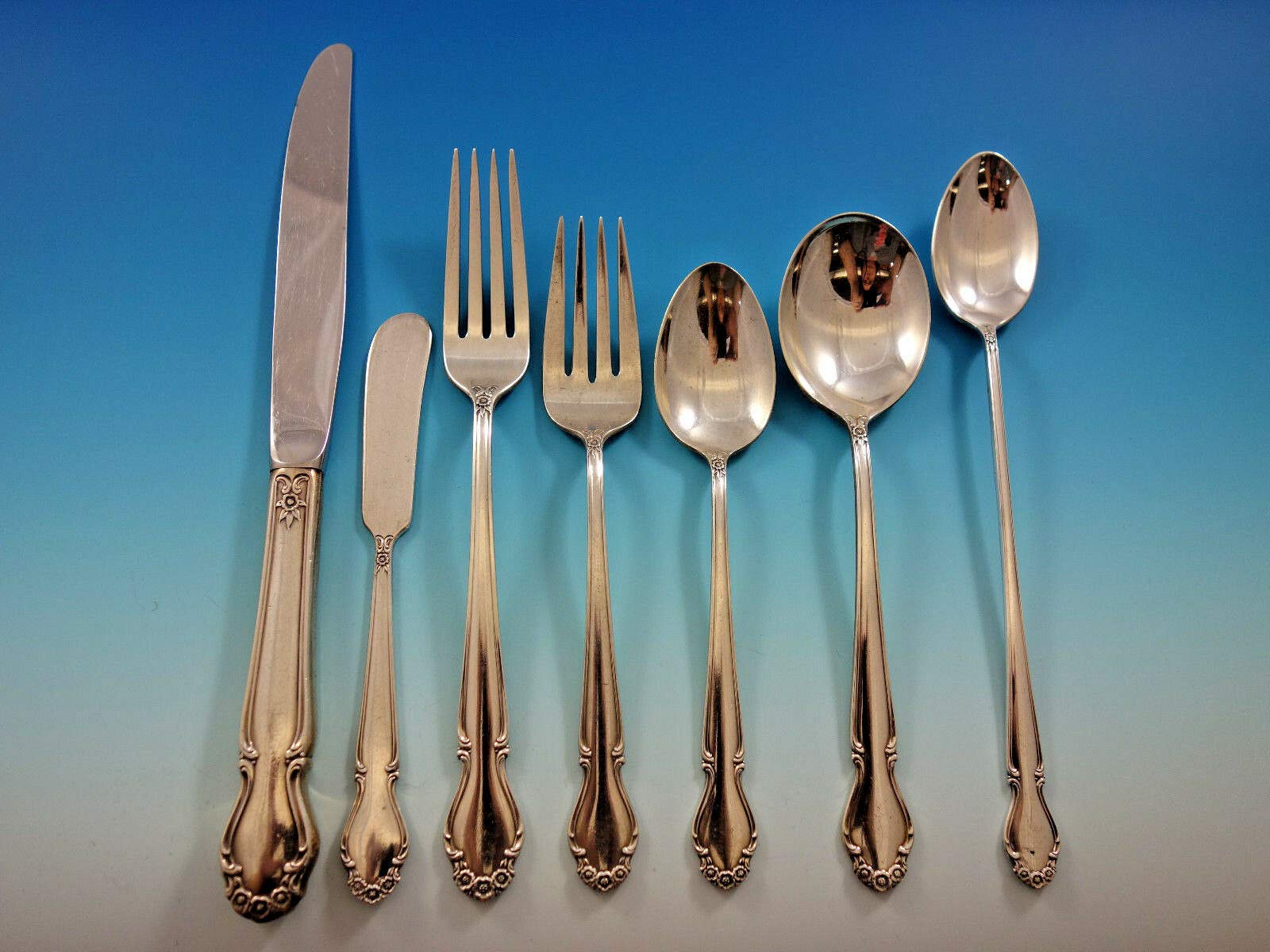
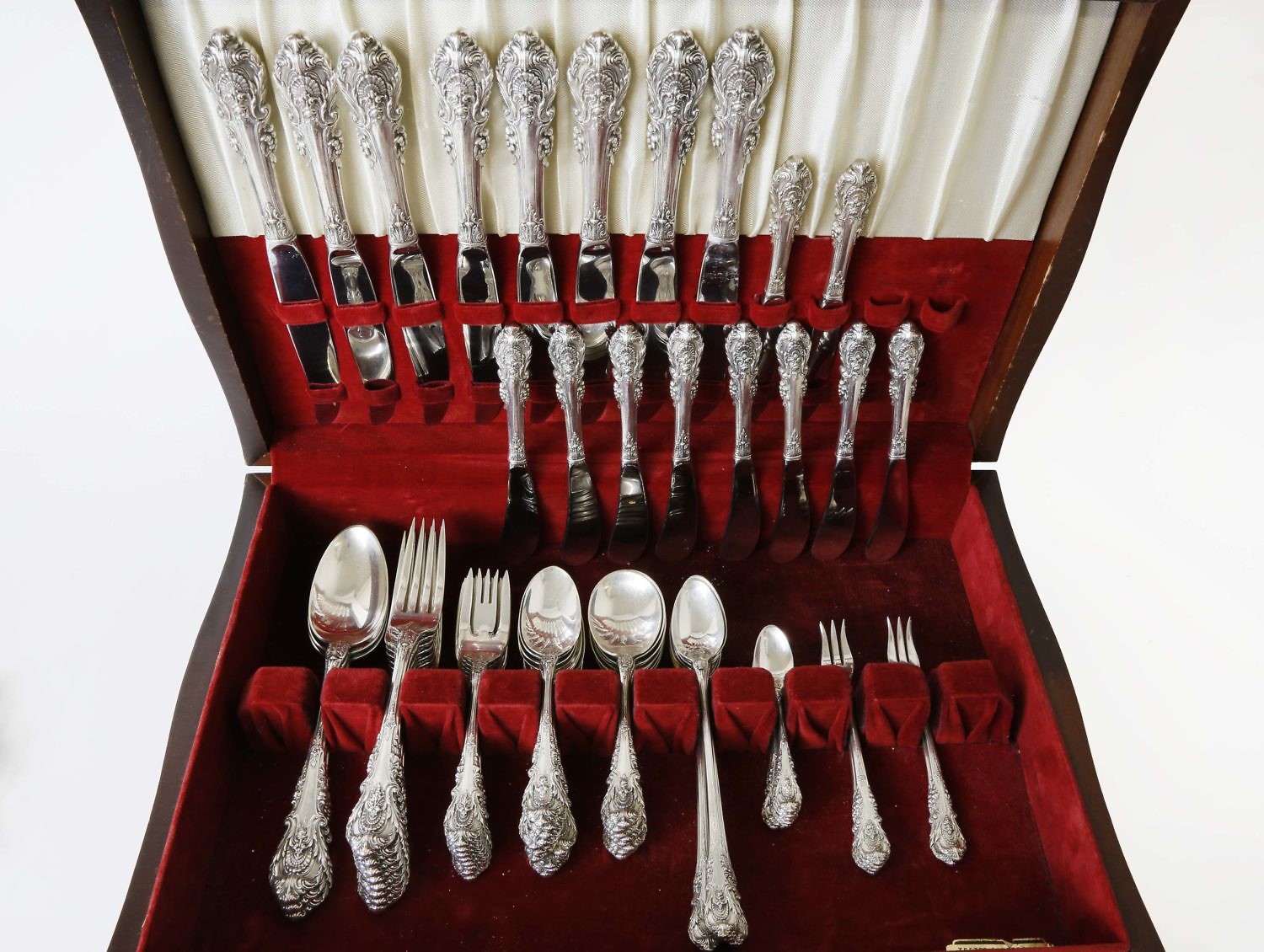
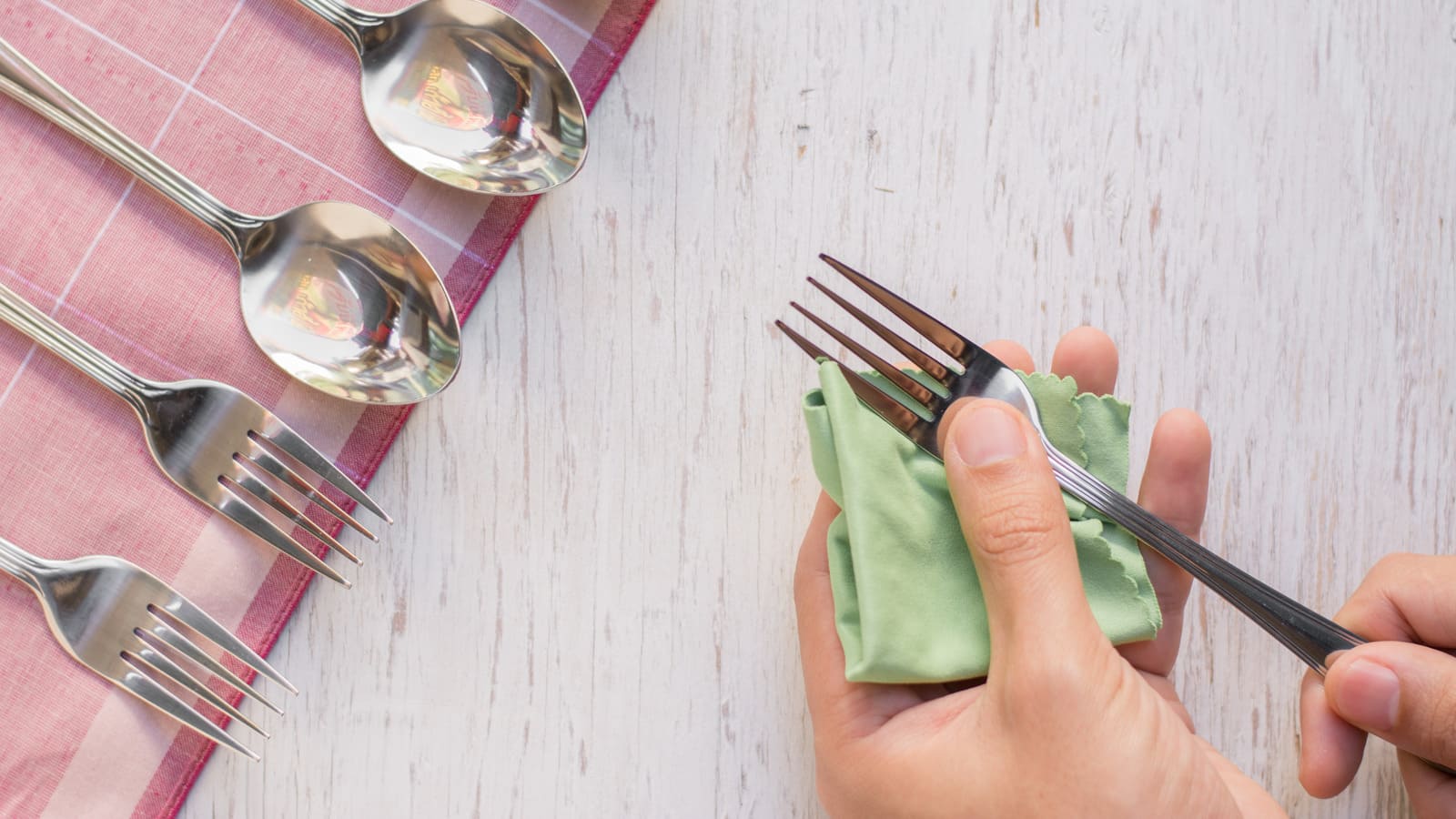
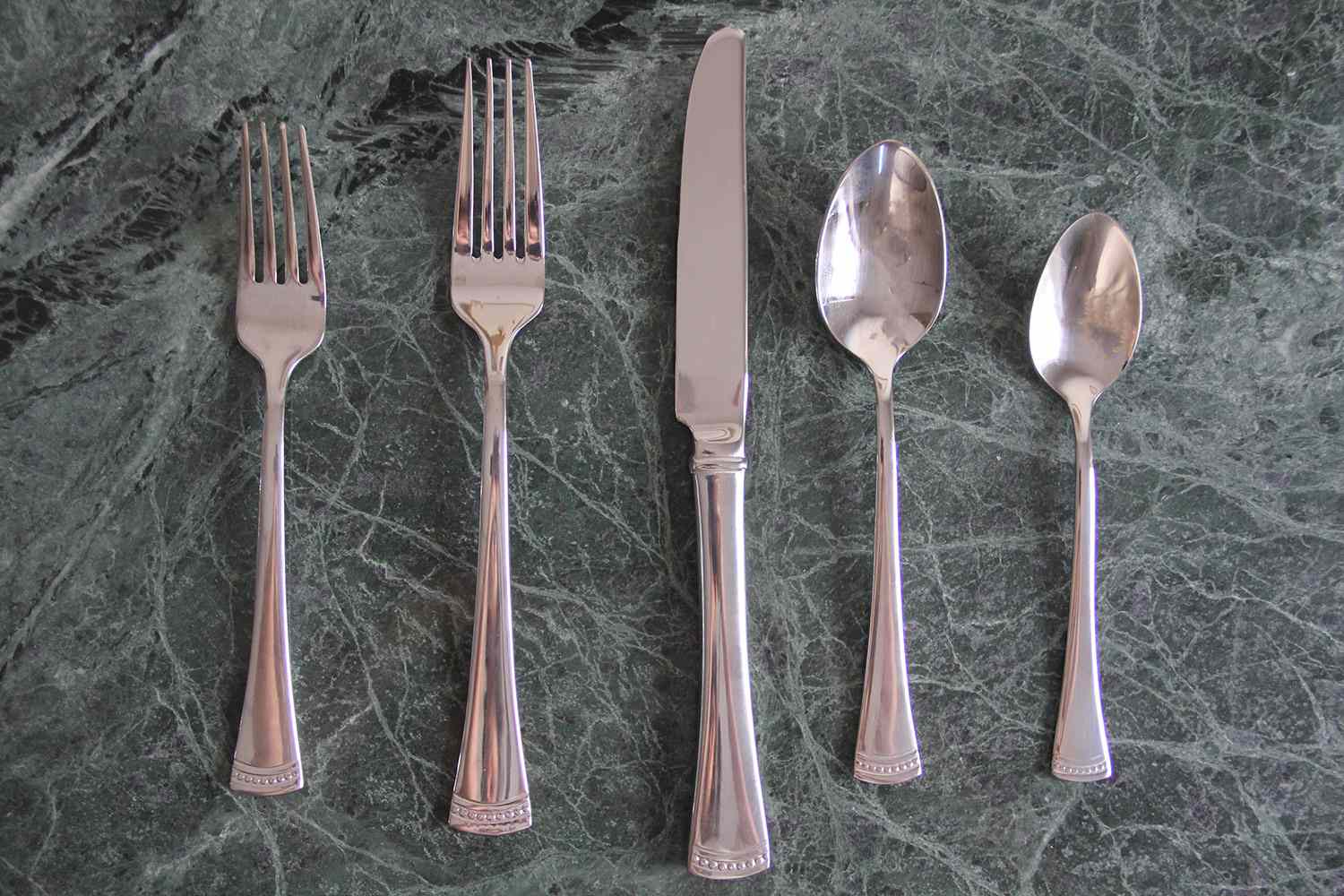
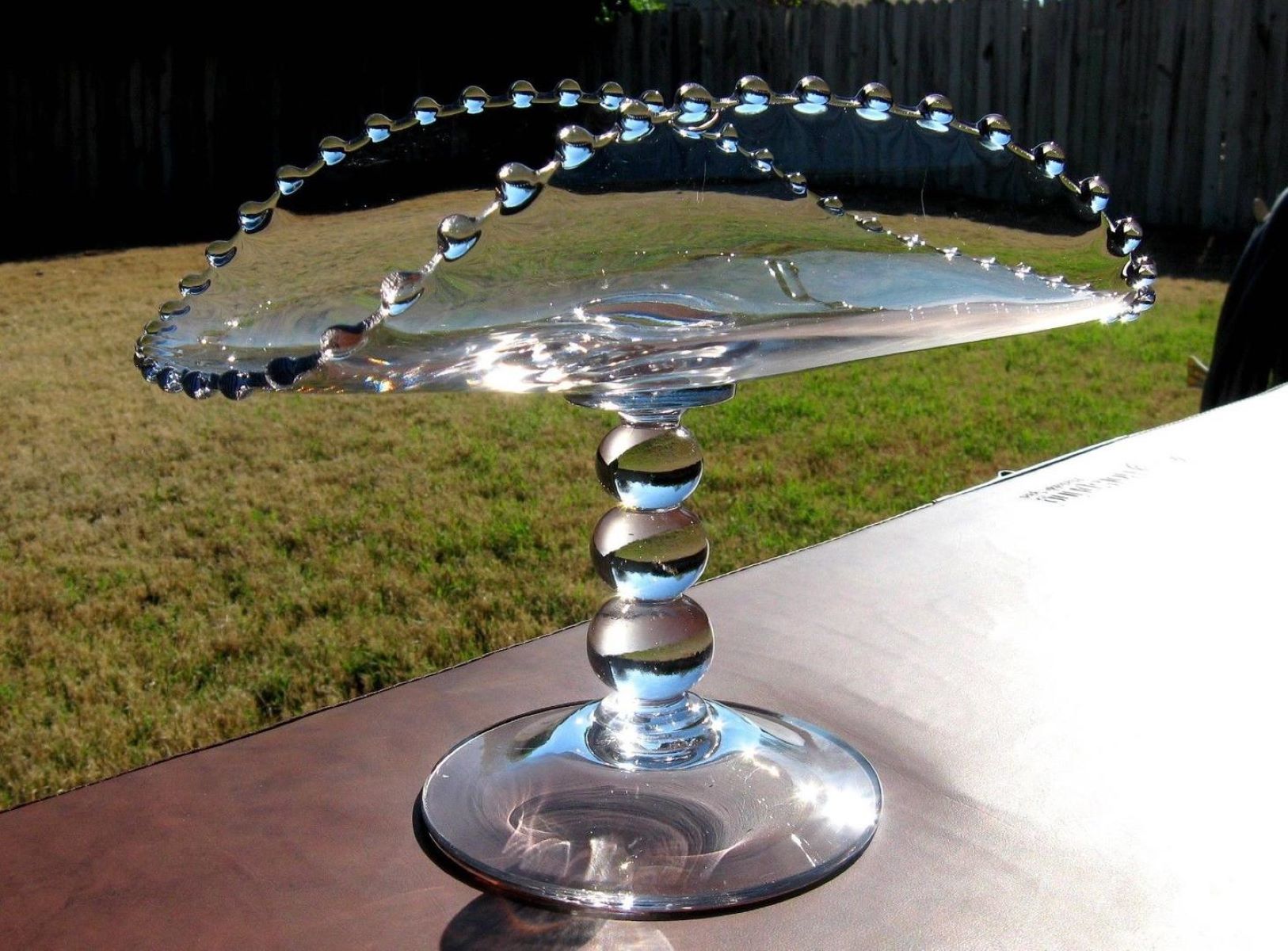
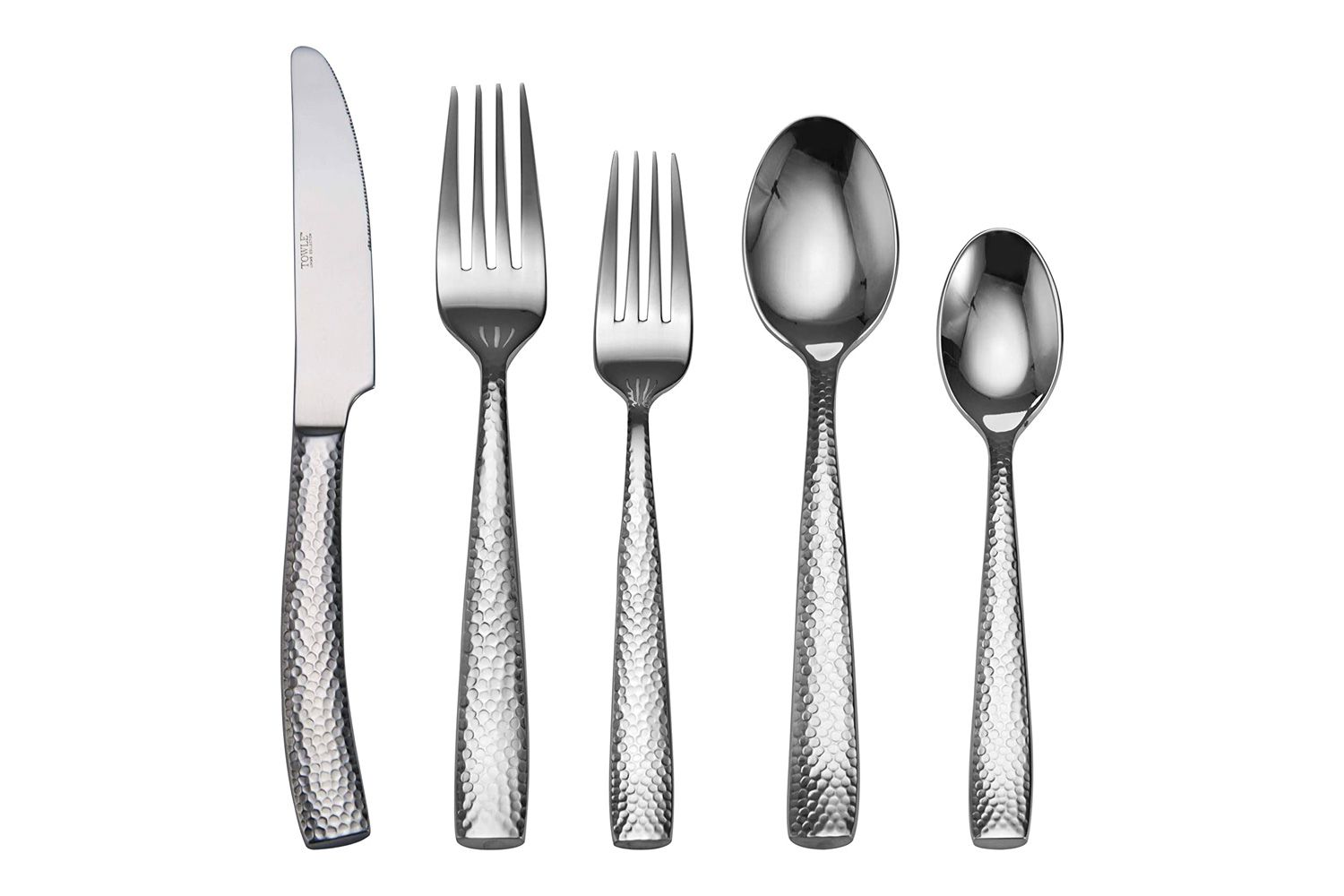
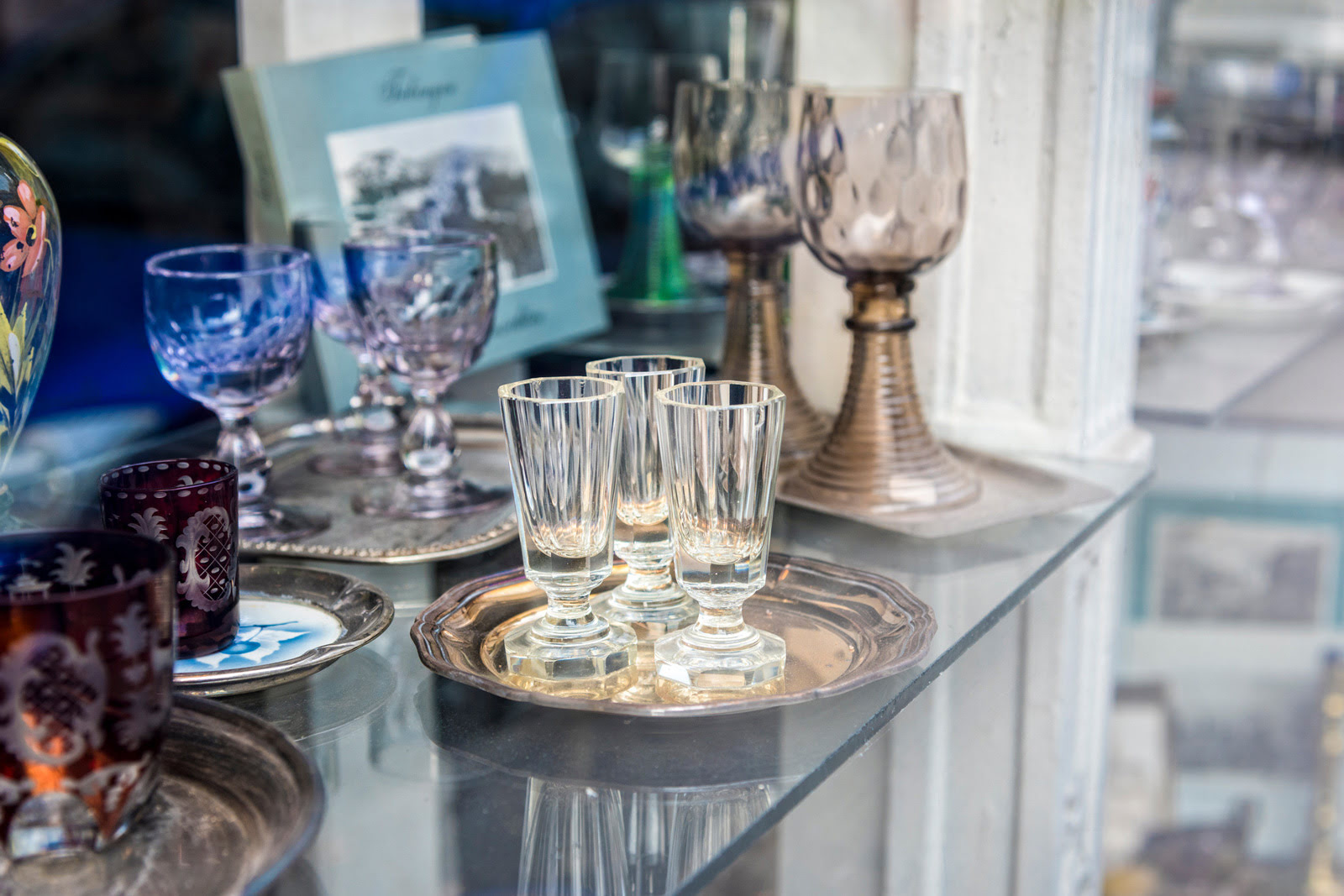
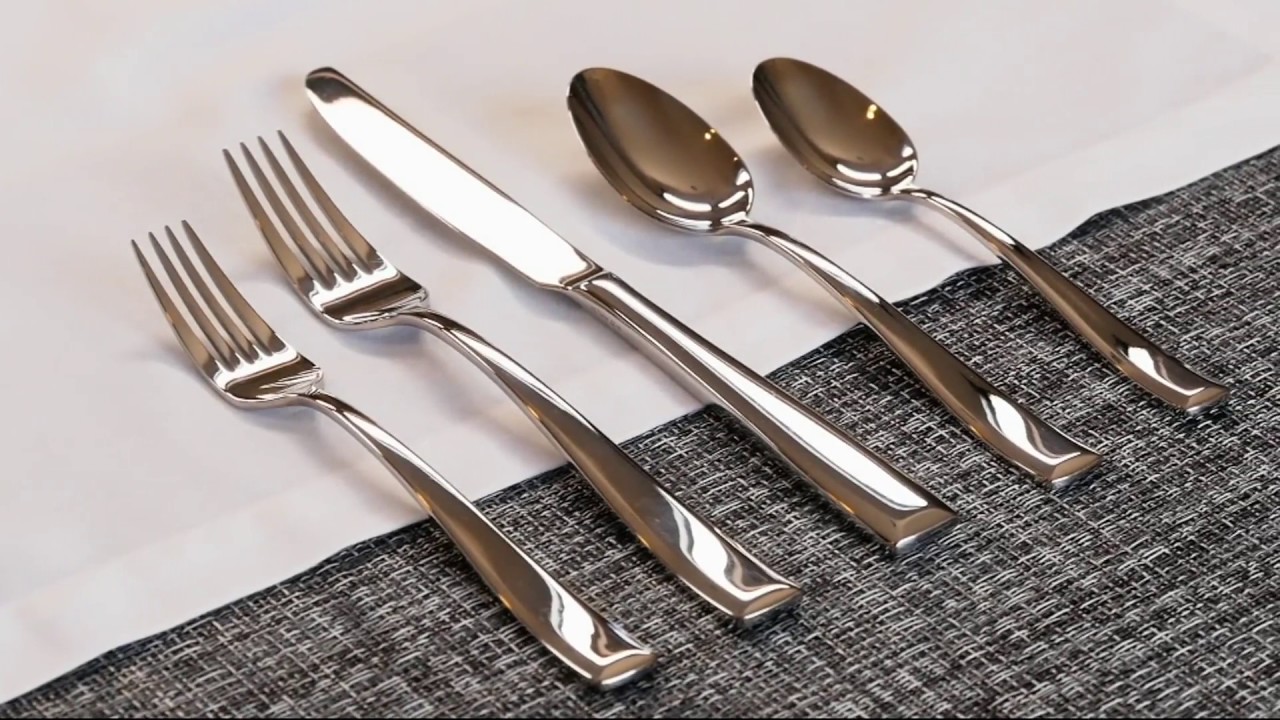
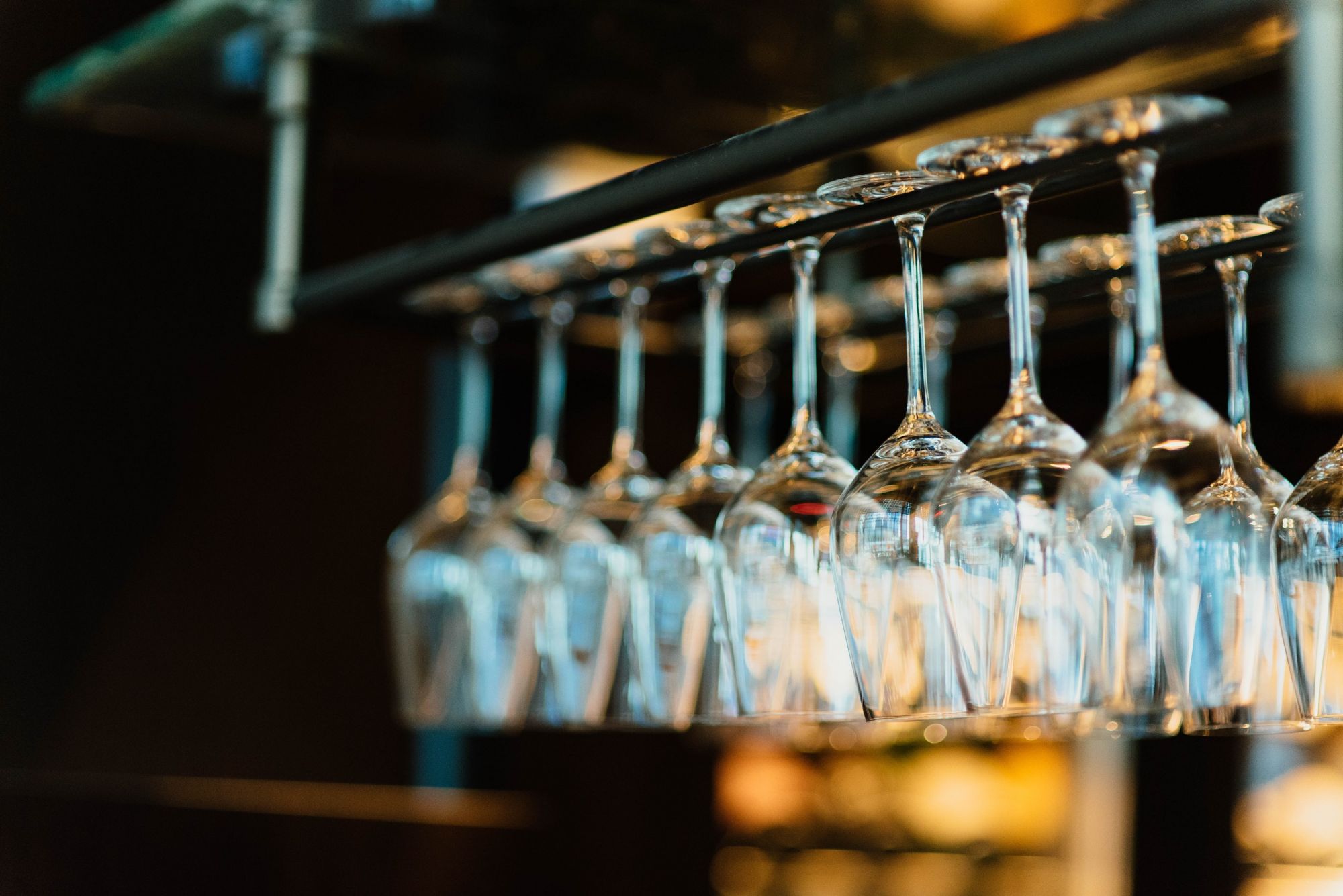
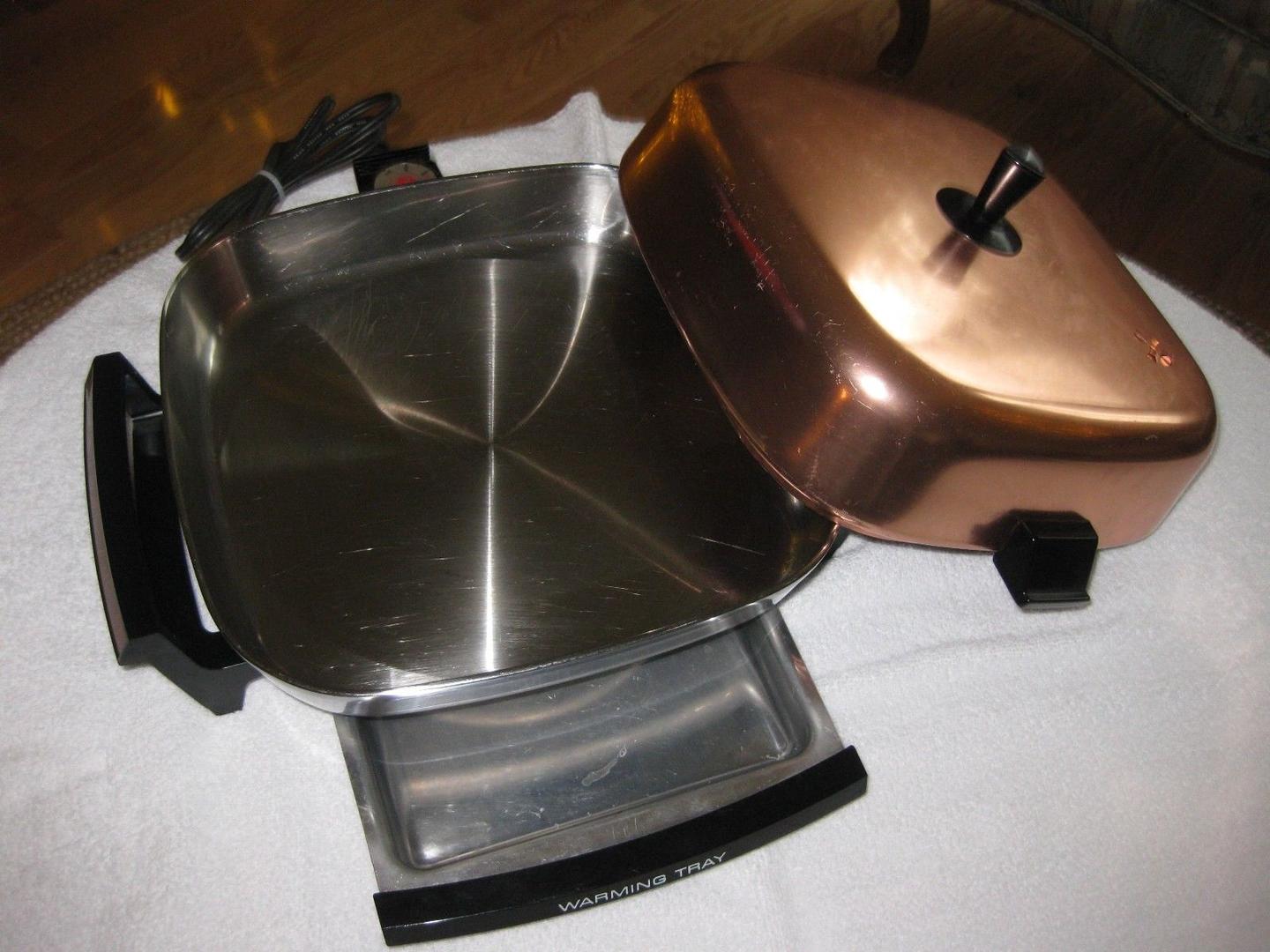

0 thoughts on “What Is Silver Flatware Worth”